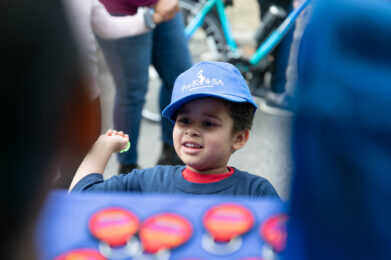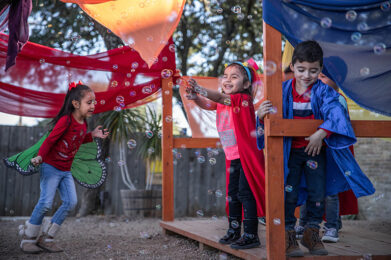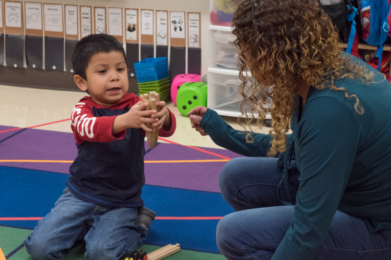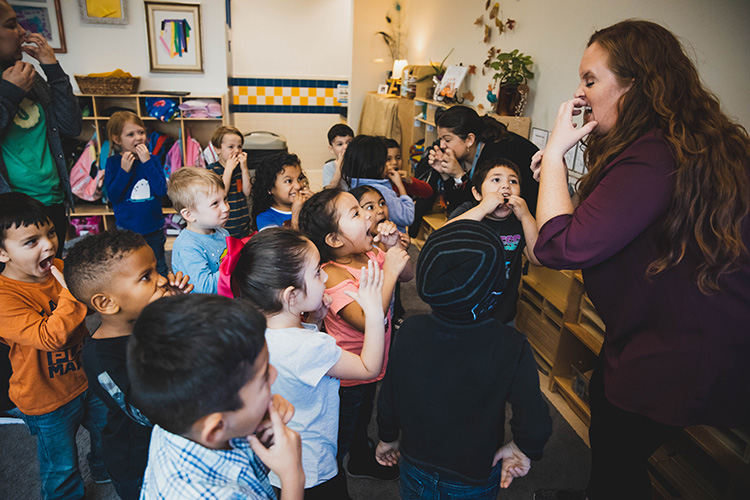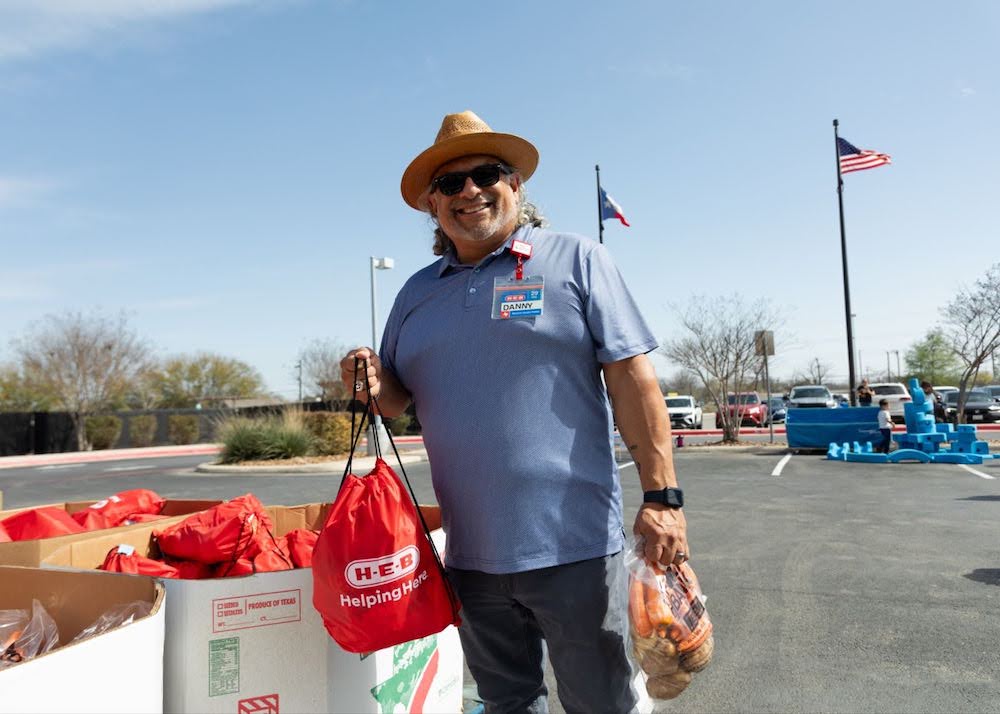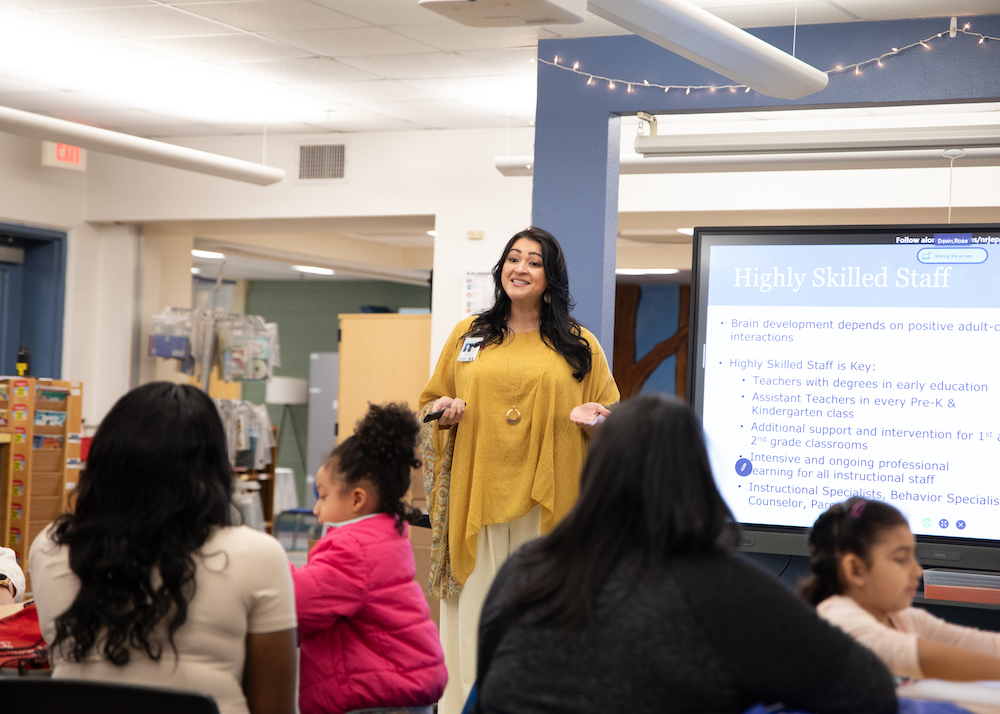Over the past 30 years, creativity and the arts have been systematically removed from the core K-12 education system.
However, according to the Wolf Trap Institute for Early Learning through the Arts, “integrating the performing arts into early childhood education is a highly effective way for young children to learn and for early childhood educators to teach.”
The Wolf Trap Institute for Early Learning is a program developed by the Wolf Trap Foundation and is funded by a major grant from the U.S. Department of Education. It uses art-based techniques to improve the foundation for all sciences, technology, engineering, and math (STEM).
In 2016, theArtsFund became an affiliate of the Wolf Trap Institute for Early Learning. That same year, Pre-K 4 SA became a partner and hosted 10 artist residencies and training sessions. Residencies are defined time periods during which artists from an array of arts backgrounds use their artistic fortes to provide teachers with creative tools to incorporate the arts into their curriculum. Pre-K 4 SA quickly began to implement these learning models into the classroom, which resonated well with its “learn through play” curriculum.
A new Wolf Trap pilot program will begin at Pre-K 4 SA in February 2020 and will last for a total of eight weeks. The pilot program will focus on the following growths: reflection time for staff and resident artists, variety in the techniques used, and teacher support upon the completion of the residency.
Jessica Ambris, a Pre-K 4 SA teacher and Dr. Aurelia Rocha, a San Antonio Wolf Trap teaching artist, have been collaborating and refining the Wolf Trap program at Pre-K 4 SA for the past six months. Together they recognized that a vital aspect of the program should create a culture of professional dialogue and collegiality around new ideas and prior experience.
Since Wolf Trap has residencies from all artistic backgrounds, the teaching techniques will likely differ according to the artist’s talent. For example, a dancer will use dance and body movements to help children understand a concept, while a musician will use an instrument and music to teach children. With that in mind, there is much depth and versatility to using the arts in the classrooms.
“As a teacher, I’ve learned from one of our drama residencies and applied some of the techniques in my own instruction. My class was interested in learning the difference between frogs and toads. Using the imaginary costume closet, I remember the children were engaged as they acted out as if they were changing into either a frog or a toad,” said Ambris. “They would pretend to become their character by imagining specific traits such as smooth or bumpy skin. By using their imagination, children were able to apply what they had learned and really understand the differences between the two.”
Prior to this new pilot program, only one resident artist was assigned to one teacher and his or her classroom. Now, one resident artist will be in one classroom but teaching a cohort of five teachers. The training will last for nine weeks with a total of 21 sessions. Thereafter, there will be a 75-minute reflection time which will give time for teachers and resident artists to discuss and plan for the week. Then teachers will go into their own classrooms and implement the Wolf Trap strategies they are acquiring on a weekly basis.
Each week, all participating teachers will have the opportunity to share what is working for them and at the same time, share what has not been effective. As teachers come together and build this commonality, they will share ideas to build their artistic skills to deliver the lesson to their classrooms.
Using the arts to teach a curriculum should always be engaging and fluid. This new Wolf Trap pilot program will continue to help children use all of their senses to better learn the curriculum. Once the first Wolf Trap pilot program is complete and evaluated at the South Education Center, it will be duplicated into the other Pre-K 4 SA Education Centers.
